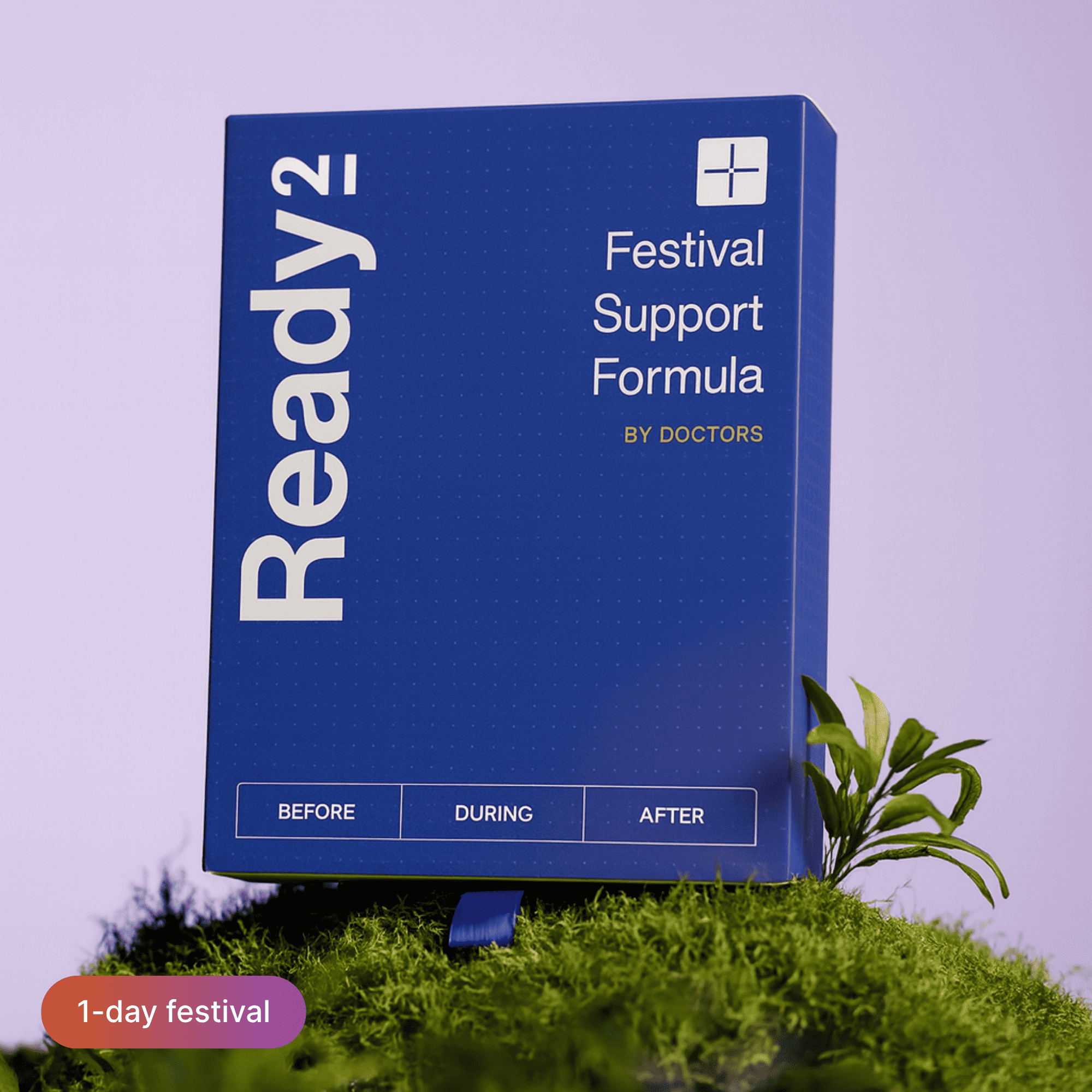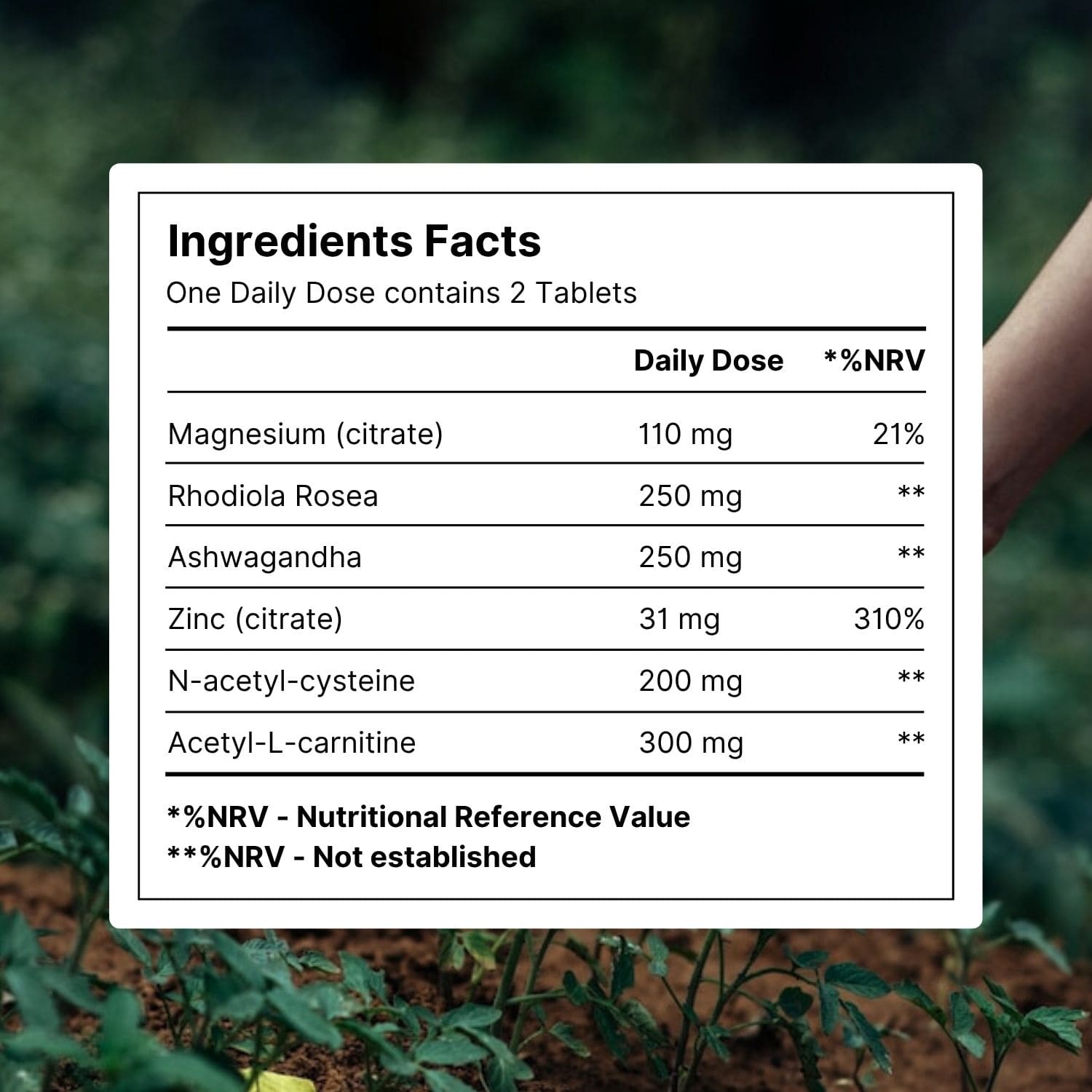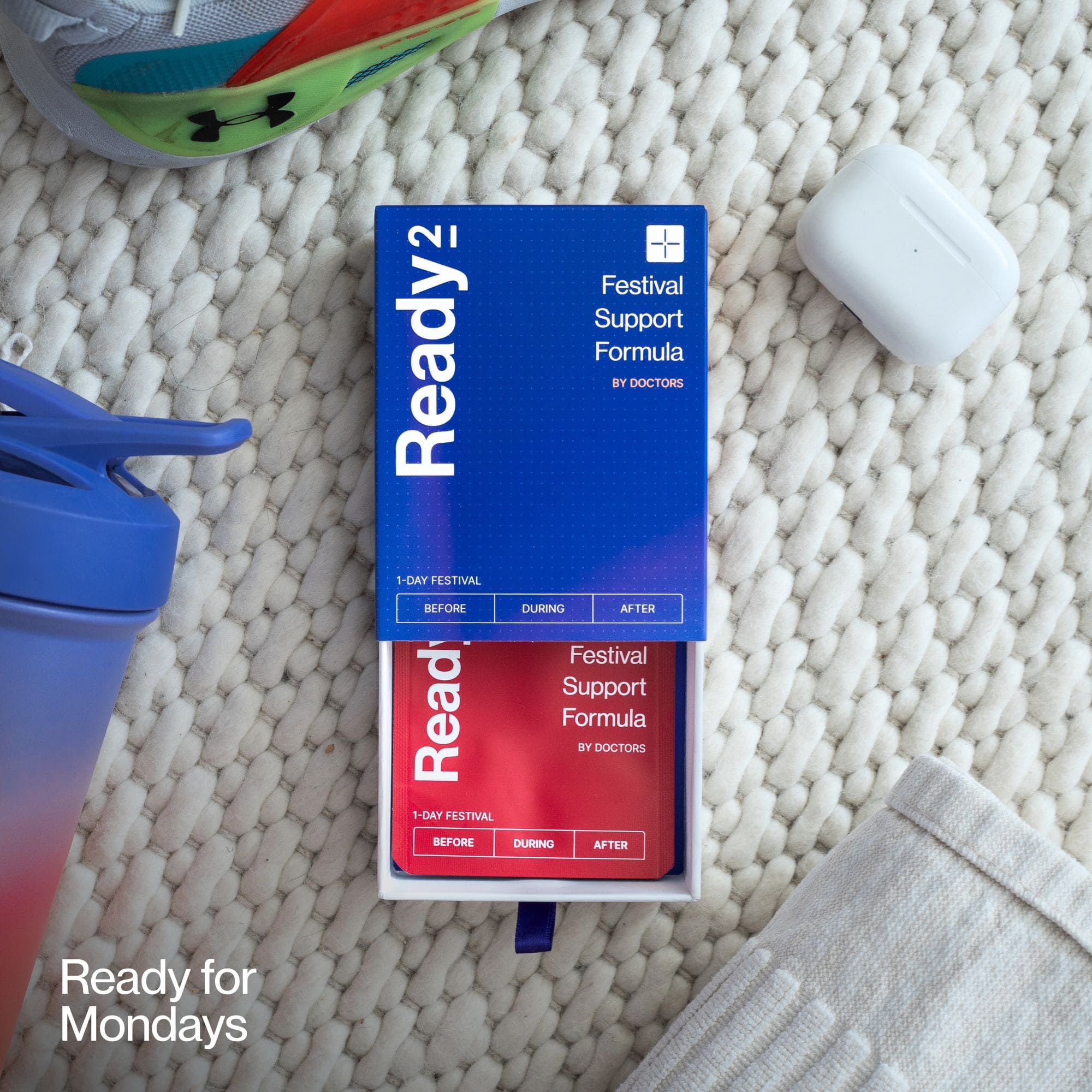
- by Ready2 Team
What are neurotransmitters?
- by Ready2 Team
Our brain can be described as an astounding chemical machine. It is tasked with controlling a body's actions within milliseconds, such as reacting to a fast-moving ball during a football match, yet it also possesses the remarkable ability to store that one embarrassing story about your best friend for decades. On top of these functions, it continuously processes a wide spectrum of emotions and is the source of all our thoughts, making it an endlessly complex and fascinating organ.
To manage this vast array of tasks, the brain utilizes chemical messengers known as neurotransmitters (neuro = nerve, transmitter = 'carrier'). A neurotransmitter is a specific chemical substance that transmits signals across the microscopic gap between nerve cells, called a synapse. This process, known as neurotransmission, begins when an electrical signal travels to the end of a neuron, prompting the release of neurotransmitters from small sacs called vesicles. These molecules then travel across the synapse and bind to specific receptors on the next neuron, either exciting it to fire its own signal or inhibiting it from doing so. This elegant conversion of electrical to chemical and back to electrical signals forms the foundation of all brain activity.
As a festival-goer, you are likely familiar with serotonin, dopamine, and (nor)adrenaline. These are three well-known examples of neurotransmitters and are crucial for many functions, though the brain uses a toolkit of over 100 different types. Among festival enthusiasts, serotonin is particularly famous for its role in generating feelings of euphoria, connection, and ecstasy. This also explains the subsequent, infamous "Tuesday dip," a period of low mood that can occur when the brain's readily available serotonin supply is temporarily depleted after an intense experience. Dopamine is often called the "reward chemical," playing a central role in motivation, pleasure, and the reinforcement of enjoyable behaviors. Noradrenaline, meanwhile, is key to our 'fight or flight' response, sharpening our attention, focus, and readiness for action.
The term neurotransmitter is a broad concept, covering everything from small molecules to larger, more complex ones. What all neurotransmitters have in common is their presence within the synapse and their fundamental role in either activating or inhibiting the connecting nerve cell. With approximately 90 billion neurons—roughly equivalent to the number of trees in the Amazon rainforest—each forming thousands of synaptic connections, the brain's network is unimaginably complex. To maintain stability, the system relies on a balance between excitatory neurotransmitters like glutamate, which turn neurons 'on', and inhibitory ones like GABA, which turn them 'off'. This intricate balance is what allows us to simultaneously dance to the music, hold a conversation, and plan our next move, all without conscious effort.
The best way to understand this balance is to compare it to the accelerator and brake pedals in a car. The activating substances (glutamate) are the accelerator; they give the signal to move forward and take action. The inhibitory substances (such as GABA) are the brake; they provide control, calm, and precision. Without the brake, the car would be uncontrollable and crash into everything. In the same way, the 'brake' in our brain ensures we don't get overwhelmed by all the stimuli. It filters out noise, allowing us to focus on a single conversation in a crowded room. It is precisely this perfect interplay between accelerating and braking that enables us to perform complex, goal-oriented tasks.
We briefly mentioned that serotonin, dopamine, and noradrenaline are highly significant. However, given the brain's complexity, it is far too simplistic to label any single neurotransmitter as the "most important." The reality is that they all function within a delicate, interconnected web. One neurotransmitter's effect is often dependent on the presence and levels of many others, creating a finely tuned chemical symphony. This is why simply supplementing with a precursor like 5-HTP or tryptophan to boost serotonin has no robust scientific evidence of positive effects, outside of anecdotal reports. The body is a complex system; these precursors are used in many different bodily processes, and their conversion into serotonin within the brain is not guaranteed. We believe a holistically supported and relaxed body is far better equipped to handle and recover from a festival experience. Therefore, we have chosen other ingredients for our supplement that support the body's overall well-being, which you can read more about on halfway this page.
Ready2 festival recovery supplement
In our Ready2 supplement, we have incorporated several ingredients that have been scientifically proven to support the body and brain during periods of stress and assist with metabolism. The combination of antioxidants, adaptogens, and minerals can provide that extra edge to help you start your new week feeling relaxed after a party!
Last but not least, it is very important to educate yourself on the the risks with festivals and learn ways to take care of yourself in a durable way:





Our medical team designed Ready² to support your body and mind during and after intense days or festivals. So you will feel like yourself much quicker and skip those horrible mondays.
This product contains 6 tablets for 3 doses.
Share:
Recovering after a festival: your complete guide
What is the Amsterdam Dance Event?